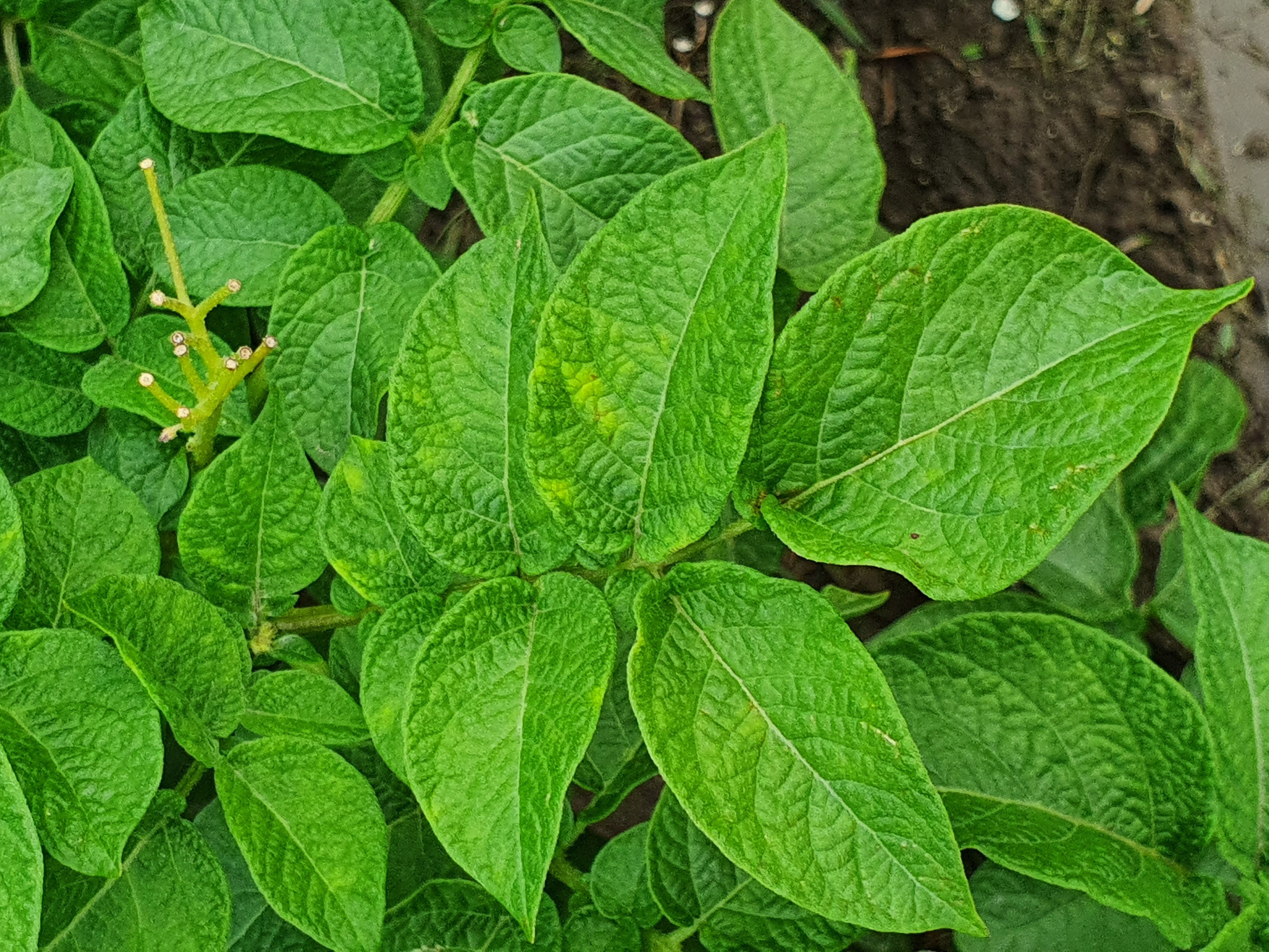Publications
Agrico Research

Resistance to potato virus Y
While the agricultural sector is committed to reducing the impact of crop protection products on the environment and living conditions, this does pose challenges for potato cultivation. Potato cultivation is becoming increasingly complex thanks to increasing viral load and restrictions in the use of crop protection agents, such as the ban on the defoliating herbicide Reglone and the sprout inhibitor Chloro IPC. Breeding new potato varieties for greater virus resistance is therefore becoming increasingly important.
For a long time, caution was exercised with respect to pursuing high resistance to potato virus Y (PVY) in potatoes, as this resistance would encourage buyers to use ware potatoes again as seed potatoes, enabling them to propagate for several years. In turn, this would result in a loss of potential turnover for seed potatoes grown in the Netherlands. However, viral load has been increasing in recent years, so the cultivation of resistance is increasing in importance after all.
Santé
The Santé variety came onto the market in 1983 and was a commercial success. By around 1995 the variety occupied a seed potato acreage of 600 hectares. The variety originated from a cross between a parent with resistance to potato fatigue and another resistant to PVY. As a result, Santé had an absolute resistance to PVY. Santé was cultivated on a large scale, particularly in Eastern Europe and the Balkan countries.
The resistance exhibited by Santé was first found in 1943, in a wild Mexican potato variety. The gene responsible turned out to be very easily inherited. This source of resistance was fanatically cultivated in former Eastern Bloc countries in particular, because it offered them the opportunity for independence with respect to seed potato supply. For this reason, many Polish varieties today are fully resistant to PVY.
In the current Dutch breeding stock too, there are sometimes large varieties that carry the Santé immunity gene and therefore do not yield disappointing results in the field virus inspection or in the post-check process. The resistance occurs more or less accidentally in these varieties, as it has not been targeted for crossbreeding for many years and has not been selected for early in the breeding process.
Research into potato virus Y
With respect to PVY, Agrico Research is currently only establishing figures for the various varieties. Starting from the sixth year of selection, seedlings are planted in a trial field and surrounded by rows of heavily infected plants. These varieties are then harvested and planted out in the greenhouse in December for post-control.
A calibration line is generated for the standard varieties and the percentage of virus-positive ELISA results is used to establish a variety grade ranging from 4 (very susceptible) to 8 (almost immune). This test is repeated for three more years before the variety receives a final grade. These grades appear to be fairly effective (r=0.63**) at predicting the chance of reductions, such as those that eventually occur during the post-check by the NAK (General Inspection Service for Agricultural Seed and Seed Potatoes).
Hype or trend?
Because it takes a long time to cultivate new varieties, growers cannot quickly respond to a change in demand from the market. It is therefore important to determine whether the demand is a result of hype or a disaster of some kind, or whether it is a trend that will persist in the long term. If it is not expected to be a long-term trend, then a grower will not respond to it. This question therefore also applies to the cultivation of resistance to PVY, which is why it is important to establish the cause of the increasing viral load. Warm spring and summer seasons seem to contribute to the increase in viral problems. Scaling up and the removal of crop protection products are also seen as causes for the increasing viral load. These factors are likely to be a trend and will persist in the long term.
Conclusion
After weighing up the pros and cons, we have come to the conclusion that we will not focus more on growing PVY-resistant varieties, for commercial reasons. However, we are taking greater account of varieties that score badly on sensitivity to PVY, and will take this into consideration when choosing which varieties to introduce to the market. We will therefore focus on varieties that are not immune, but that do have a stable, high level of resistance.
